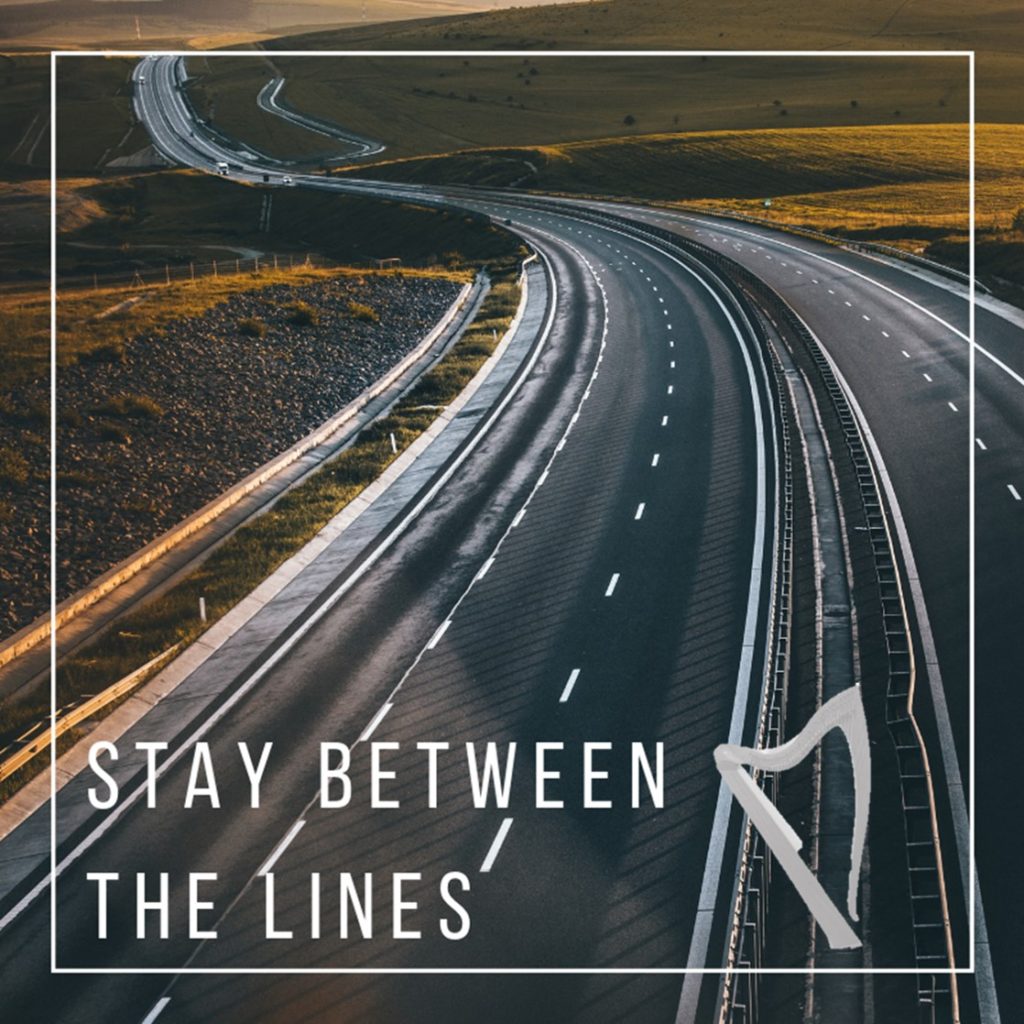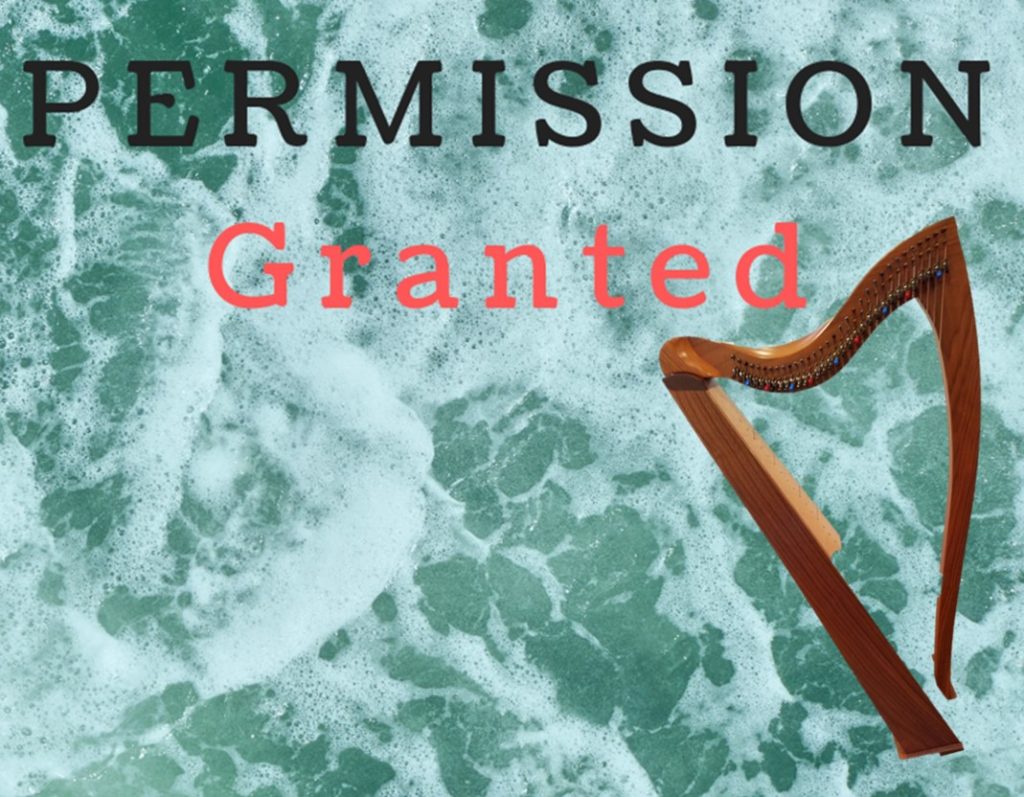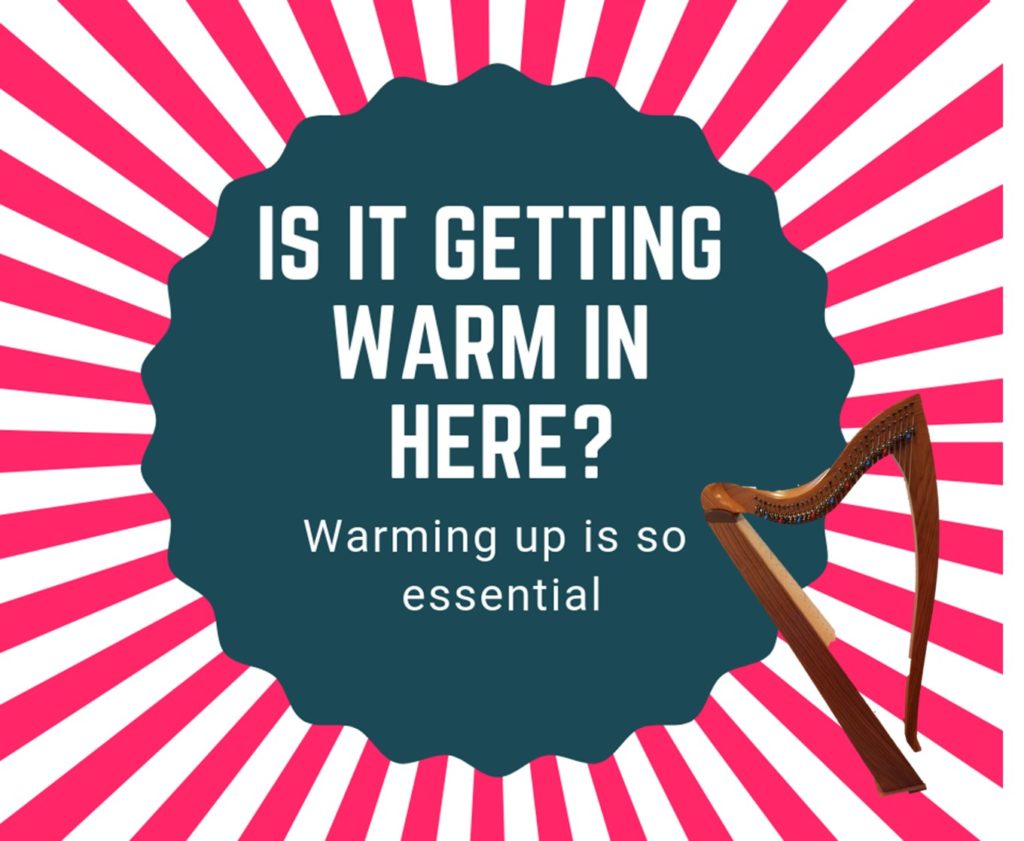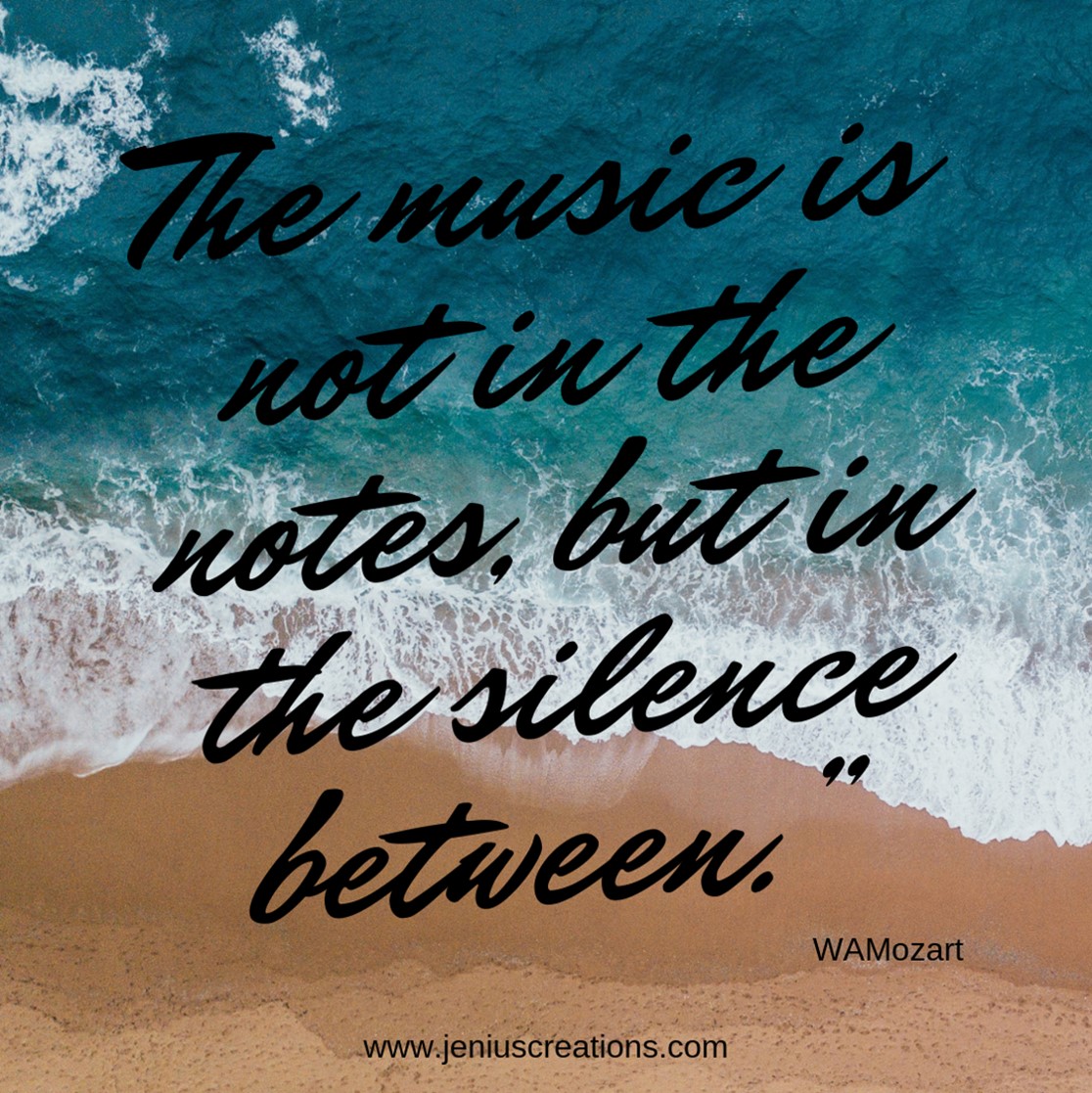Month: April 2019
-
Stay between the lines!
I was driving down the highway the other day. I was going about 1000 miles, so on one particularly long, straight stretch, I started remembering when I learned to drive.
For me, one of the hardest things to learn was staying in the middle of the lane. When you start to drive, you know you need to stay in the lane – and between the lines. The lane is defined by the lines, so I looked at the lines – constantly. But you know how that goes – the more you look at the lines, the farther you are from your desired position – in the middle of the lane. The best advice (or training) I got was to look down the road – look way down the road. After I (finally) learned that, staying in the lane was so easy. Now, as an experienced driver, I don’t even see the lines close to me and keeping the vehicle in the middle of the lane is something I take for granted. It seems that I just go where I meant to be.
The reality is, no matter how good a driver you are, you will never stay in your lane to get where you’re going if you don’t look ahead. So, what does that have to do with playing the harp? Everything!
 When you’re learning a new tune – what do you do? I don’t know about you, but when I’m having trouble getting a tune into my head, I naturally narrow my thinking down to just what comes next – what’s the next note. But this doesn’t actually help me learn the tune. It just frustrates me (thus drawing my focus away from what I’m trying to do – learn the tune). If I lift my head and keep my focus “down the road”, then I can think of the phrases (as phrases, not as a trickle of sounds). When I can hear the tune in my head, the notes that come next become so much easier to remember.
When you’re learning a new tune – what do you do? I don’t know about you, but when I’m having trouble getting a tune into my head, I naturally narrow my thinking down to just what comes next – what’s the next note. But this doesn’t actually help me learn the tune. It just frustrates me (thus drawing my focus away from what I’m trying to do – learn the tune). If I lift my head and keep my focus “down the road”, then I can think of the phrases (as phrases, not as a trickle of sounds). When I can hear the tune in my head, the notes that come next become so much easier to remember.When you’re reading music, the notation (the lines and everything else) are helpful – but can be distracting. Again, sometimes just having all that ink only serves to draw your attention to the individual blops – and you lose track of where you are on the page, in the phrase, in the music. When you lose your place, your hands may not end up in the right place, or they might be going the wrong direction or be overstretched! Keeping the long view will allow you to read the music rather than focusing on the ink and better allow you to be more able to play.
When you’re playing, you have learned the tune or become familiar with the dots on the sheet. When you’re playing, you want to be “in the moment” – and that is important. But remember that music isn’t static or fixed. Music is serial, it comes out over time – like the road! It can’t come out all at once (although there are some composers who clearly do not agree with me on that!). So being in the moment has to include the plans for this moment, and then for the next moment, and then the following moment, and on and on until the end of the piece – as a flow. This is not contradictory, rather, you need to hold the music in your head as a piece rather than as a set of notes. Looking at the whole of the music, rather than on just it’s representation (that you learned or are reading), will help keep you on track.
When you’re performing, you really are taking all that you have learned and putting it out there in the world to share. This is more than just playing in that now. Because now, in addition to being in the moment with the music, you must also be present with the listeners. Whether there are 2 or 200 or 2000 in the audience, your focus has to be “farther down the road” to include not only the music but also the hearers and what your message to them/with them is. Here, your long view includes them, the music, and the presentation. Keeping an eye on where you want to take them with the music, what it is you want to share, and how you mean to do that will help give you a smooth ride.
Of course, this is a simple analogy. There are many things on the road that require attention (like stop signs, traffic, pedestrians, etc.). And just like that, music (written or aural, practice or performance) has details (like dynamics, tempo, timbre, etc.) which enrich the ride and improve the experience. But, just as staying between the lines becomes second nature, learning, reading, playing and performing can also become second nature so that your music grows, flourishes, and delights. And just like any journey, when staying between the lines comes naturally and effortlessly, you can enjoy the journey so much more easily. What are the lines you have a hard time not looking at? How do you stay in the lane? When you look down the road – what do you see? Leave me a comment and share how you do it!
-
Permission Granted x20
Playing the harp is more challenging than it looks. You already know that. That’s why we work hard during practices. It’s why we try to practice regularly – so that we enjoy small, incremental improvements each day. And this is one reason I’m always suggesting that we track our progress – to acknowledge, accept, and grow from that practice.
Practicing certainly gives us a way to work on the technical aspects of playing, but there is so much more to playing – things that go beyond the technical. However, to get to those things we sometimes need to get out of our own way.
 So, how do we do that? We start by giving ourselves permission. Permission for lots of things. But mostly, you have to give yourself permission to be YOU!
So, how do we do that? We start by giving ourselves permission. Permission for lots of things. But mostly, you have to give yourself permission to be YOU!Here are 20 types of permission you might consider giving yourself:
- Permission to fail. It happens. Actually, if you’re learning, you’ll fail a lot on the way. But if you refuse yourself the opportunity to fail, you won’t learn…and that would be a shame.
- Permission to be silly. There is so much seriousness in music, but a little silly will probably help you enjoy more.
- Permission to give it rest. Sometimes you need to percolate – and taking a little break will give you the option to do just that.
- Permission to be as good as you are (and no better). You are where you are. Be there.
- Permission to work on just one thing (until you get it right). Sometimes we think we have to master everything, all at once. But this doesn’t really do much except frustrate you.
- Permission to do scary things. When you scare yourself, you learnt that it didn’t kill you to try something new. We’re usually most scared that we will embarrass ourselves – you’re going to embarrass yourself one way or another, so embarrass yourself your own way!
- Permission to get out there and share. We often huddle in the safe cocoon of our harp room at home. But the music is best shared – so get out there!
- Permission to fail again (and again and again and again). You can’t just stop at one failure – do it over and over and over – and each time you’ll learn more that you can apply to the next failure.
- Permission to make art in multiple ways. This can be as small as playing a new kind of music or as big as learning to sculpt or paint or write. All your art will work to help you in the others.
- Permission to create “first drafts” (and second and third and on and on as needed). You know that what you see on stage or on YouTube is not spontaneous, right? So why do you expect your initial efforts to be performance ready? Think of the pre-work as your “drafts” that you will continue to refine and develop – until they are ready to share.
- Permission to have fun. Ok, this is pretty self-explanatory!
- Permission to laugh at yourself. No really, you should be able to laugh at yourself. Keep it light – it’s not rocket surgery after all.
- Permission to expect more from yourself. You don’t have to be content with your lot – you can want more (as long as you’re willing to work for it).
- Permission to be good at some things, not good at some others, and even to be terrible at a few. Here’s an example – I’m good at playing the harp, I’m not as good at cooking and I’m terrible at gardening. I’m ok with that – I allocate my time and resources accordingly (e.g., I practice for hours, I heat soup for dinner, and I pay a kid in the neighborhood to tend the garden – that’s that sorted!).
- Permission to practice as much as you need – and no more. I know some of you struggle to get your butt on the bench, but others spend too much time there – practice while it’s productive, and then go do something else. Got a deadline? Try a little practice multiple times in the day.
- Permission to be happy with where you are. This might seem counterintuitive (or counter to development) but it’s not – you are where you are. Be there. Right then. Realize too that time is a river – there is only constant change and you are changing when you are where you are – give yourself permission to accept that.
- Permission to want more. You think I’m contradicting myself – but remember I said there is constant change – if you want more, want it – and work for it!
- Permission to change your mind. Playing classical music and tired of it? Trapped in session tunes but longing for something more “substantial”? OK. It’s ok to change your mind about what you want to play. Just do it.
- Permission to keep track of what you are doing…and what you want to do next. However, you need to – keep track in your own way and build on that.
- Permission to spend your valuable time doing what you love. After all, time may be your most precious commodity – so spend the time you have doing what you love.
There are plenty of permissions to give yourself. What other ones do you give yourself (or do you need to give yourself)? Share that in the comments!
-
Is it getting warm in here?
Yes, it’s now spring. And yes, temperatures are going up – it’s starting to get warm. The question is – are you?
Every morning, when I head out for a walk or run, I start slow. Work out the kinks. Settle into my body. Paying attention to my body. Feeling my feet hit the ground and roll up again.
Do you take the time to warm up when you play? No matter if you’re practicing for 15 minutes or preparing for a 3 hour background gig, you should should take a little time to warm up. Why?
Really?
 Oh yes – you need to warm up! One of my favorite sayings is that musicians are the athletes of the small muscles. This is central, not only because it equates us with athletes – who are more far more respected in modern society – but also because it focuses on the corporal elements of making music, rather than on how “pretty” our music is!
Oh yes – you need to warm up! One of my favorite sayings is that musicians are the athletes of the small muscles. This is central, not only because it equates us with athletes – who are more far more respected in modern society – but also because it focuses on the corporal elements of making music, rather than on how “pretty” our music is!While we may not spend hours in the gym (not that getting additional exercise would be bad), you can still keep in mind that you’re about to do physical work. Caring for those muscles will allow you to do more.
Why is warming up so important? Well, for at least four reasons:
- Gently moving lets those muscles gradually make ready to work. While significantly experienced humans (read: older) probably appreciate this, it is important begin to warm up long before you even actually feel the need to do it. And if you are a growing human (read: not yet out of adolescence) you have the opportunity to build the habit long before you need it.
- Warming up is work – it’s “pre-work” so it is a legitimate part of your practicing time.
- Warming up is actually about warming up – you want to warm up those hands that they will be more limber and flexible.
- Warming up is a great time to check in on yourself – to really focus on how you feel and if you are ready to play.
But, you don’t just warmup for the fun of warming up! Doing some warmups will allow you achieve flexibility to play better. Warmer hands will result in better technique because your hands will be better able to move – keeping your thumbs up maybe? will be easier if your hands are limbered up. Loads of crossovers for scales? certainly easier if your whole hand is warmed up and working together. And of course, it’s not just your hands – you should warm up your arms and shoulders at a minimum.
What should you do to warmup? Here are a couple of ideas:
- Wash your hands in warm water with nice soap – be luxuriant. Massage your hands while you’re at it.
- Simple stretching. Stretch. Go slowly. Raise your arms overhead and reach for the ceiling. Stretch through your fingers. Wiggle your fingers. It’s not a race and it should be like when you wake up. Don’t overstretch.
- Palm taps – you probably learned this in your first lesson. Tap your palm with each of your fingers to mimic closing.
- Shoulder rolls – this is an iconic stretch – do rolls both forward and back.
Then move to your harp and begin there – you already know this but remember – you’re warming up, so go slowly! There are loads of warmups but here are a couple of easy ideas for use at the harp:
- Scales. No, not the “how quickly can I get these over with” scales – slow, careful, accurate, gentle, fully closing. Check your posture. Go up and down all of the harp. Yup. All of the way up and all the way down. A few times – remember you’re warming up.
- After that, it’s up to you. You want your warm up to reflect what you’re going to be doing. So, that means you could make part of what you’ll be working on into a warmup! Take it slowly – you’re warming up, so maybe the rhythm doesn’t matter as much as the placement certainly does.
Remember this is warming up – not exercises. Yes, you can do the same stuff, but the focus is different. Warmup scales are slower and quieter, while exercise scales may be focused on intonation, speed, articulation, or something else.
When you’re warmed up, you’re ready to play or practice and to get more from it. It only takes a moment and the benefits will become readily apparent. Do you warm up already? If so, what do you do? If you haven’t been, are you going to try any of this? Let me know in the comments what’s working for you (or what totally doesn’t!).
PS – per request of a reader, I have increased the text size – please leave a comment and let me know what you think. Thanks!
